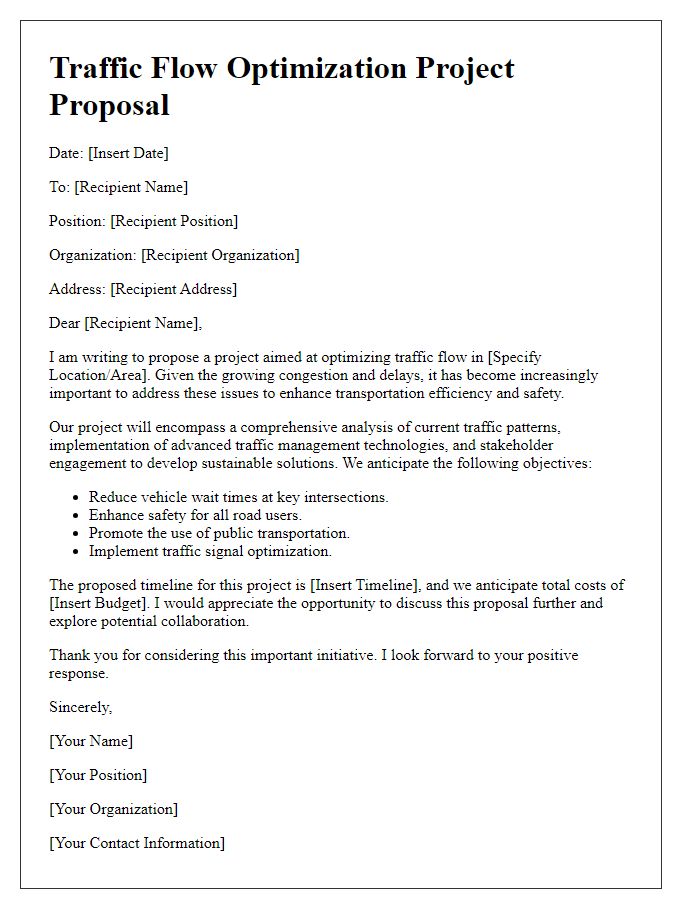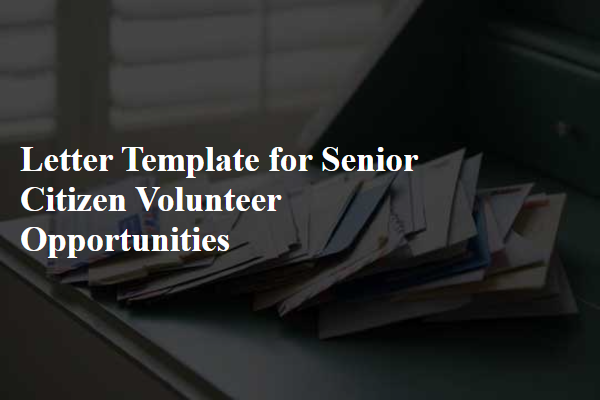Are you tired of sitting in traffic and wondering why our roads seem more congested than ever? Traffic congestion is a growing issue that affects not only our daily commutes but also the environment and our overall quality of life. In this proposal, we aim to investigate the underlying causes of this phenomenon and explore potential solutions. Join us as we delve deeper into this pressing topic and discover how we can work together to enhance our community's transportation infrastructure.

Objective and scope definition
Traffic congestion in urban areas, particularly cities like Los Angeles (California) and New York City (New York), significantly impacts commute times and air quality. The objective of this study is to analyze the underlying factors contributing to congestion patterns, encompassing variables such as vehicle density (recording peak hours and average daily traffic volumes) and public transport utilization rates. The scope will include a comprehensive assessment of intersections and major thoroughfares, utilizing traffic flow data from smart sensors and cameras placed throughout the metropolitan regions. Additionally, the study will evaluate the effectiveness of existing traffic management systems, such as adaptive signal control technologies and dedicated bus lanes, measuring their influence on overall traffic efficiency. By identifying high congestion areas, this research aims to propose actionable strategies for improving traffic flow and reducing environmental impact, ultimately enhancing the mobility experience for urban residents.
Stakeholder engagement and collaboration
Traffic congestion, particularly in urban areas like Los Angeles, California, presents significant challenges to commuters and local economies. Effective stakeholder engagement incorporates collaboration with city planners, transportation agencies, and community organizations to address the causes and consequences of congestion. Data collected from sources such as traffic cameras and mobile applications can provide insights into peak congestion times, which often exceed 5 PM daily on major thoroughfares. Engagement sessions with residents and businesses can identify key concerns related to accessibility and the impact on local commerce. Additionally, incorporating feedback from public meetings can enhance proposed solutions, such as optimized traffic signal timings, which can reduce average wait times by up to 30%. Engaging with stakeholders ensures that multifaceted solutions are inclusive and sustainable, benefiting both immediate communities and the broader metropolitan region.
Methodology and data collection approach
The study on traffic congestion in urban environments, particularly focusing on metropolitan areas like Los Angeles (California) and New York City (New York), will utilize a mixed-methods approach to data collection. Quantitative data will be gathered through the deployment of traffic sensors (such as inductive loop sensors and infrared cameras) at key intersections known for high congestion levels, measuring vehicle count, speed, and dwell time during peak hours (typically 7 AM - 9 AM and 4 PM - 6 PM). Geographic Information System (GIS) tools will analyze spatial data to identify congestion hotspots across major roadways. Additionally, qualitative data will be obtained through surveys administered to commuters using public transport systems such as the Los Angeles Metro and New York MTA, focusing on user experience and perceptions regarding delays. Interviews with transportation officials and urban planners from the respective cities will provide insights into infrastructural challenges and proposed solutions. Data will be collected over a three-month period to ensure comprehensive coverage across varying traffic conditions and seasonal patterns.
Budget and resource allocation
A comprehensive traffic congestion study proposal requires meticulous budget and resource allocation to ensure effective outcomes. The total budget estimate of $150,000 encompasses various dimensions such as data collection, which includes traffic sensor installations and surveys across critical urban areas like downtown Chicago. Allocating $50,000 for technology investments, including Geographic Information Systems (GIS) software, will facilitate real-time data analysis. Personnel costs comprising researchers, analysts, and administrative support total approximately $70,000, ensuring a team of ten specialists dedicated to the project. Additional funding of $30,000 is designated for public outreach initiatives, engaging community stakeholders and local agencies for collaborative solutions. Overall, this structured allocation will maximize the quality and impact of the study's findings on alleviating congestion.
Timeline and deliverables schedule
A comprehensive traffic congestion study proposal includes vital elements, including a detailed timeline and deliverables schedule. The project duration spans six months, beginning with data collection (Months 1-2) focused on peak hour traffic volumes at key intersections in downtown metropolitan areas, specifically Main Street and 5th Avenue. Following data collection, data analysis (Months 3-4) will utilize software tools such as SPSS or Tableau to identify congestion patterns and peak times. Midway through Month 4, preliminary findings will be shared with stakeholders, including local government officials and urban planners, to gather feedback. The final report, including recommended strategies to alleviate congestion, will be drafted during Month 5 and finalized by the end of Month 6. Essential milestones include progress assessments every two weeks and a comprehensive presentation upon project completion, ensuring accountability and transparency throughout the study.













Comments